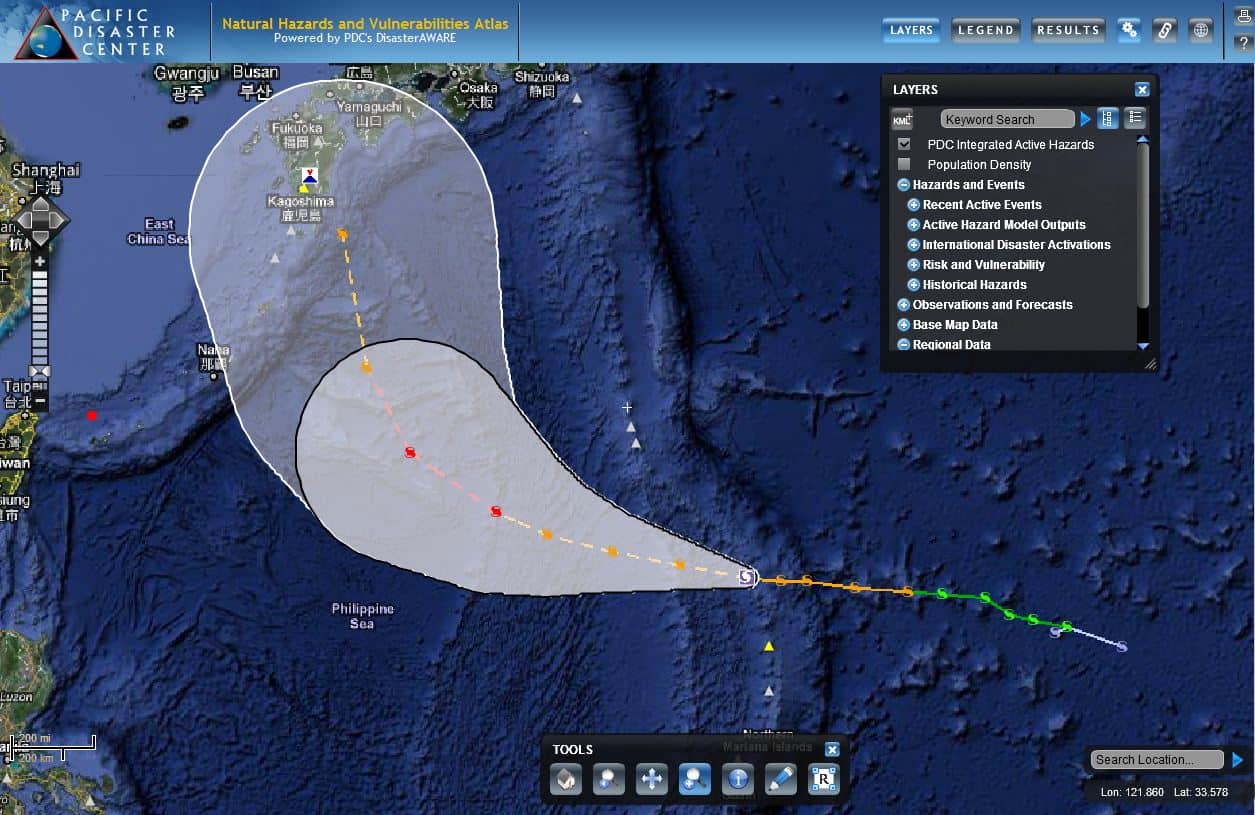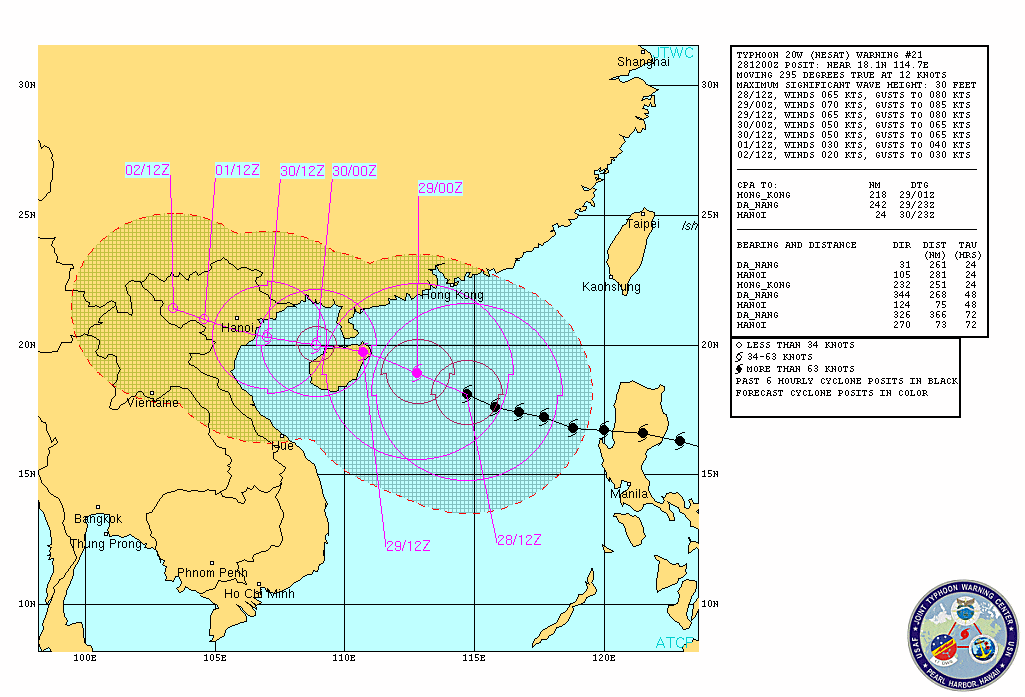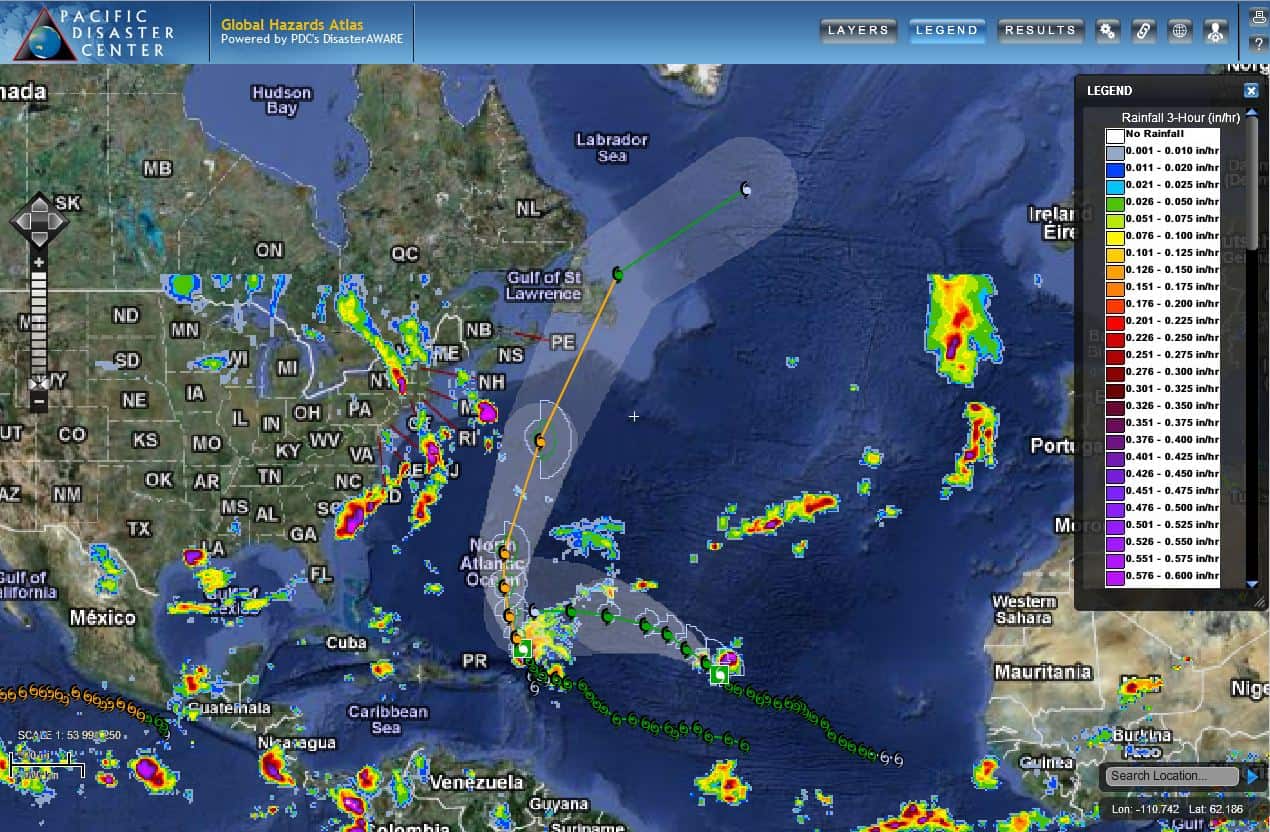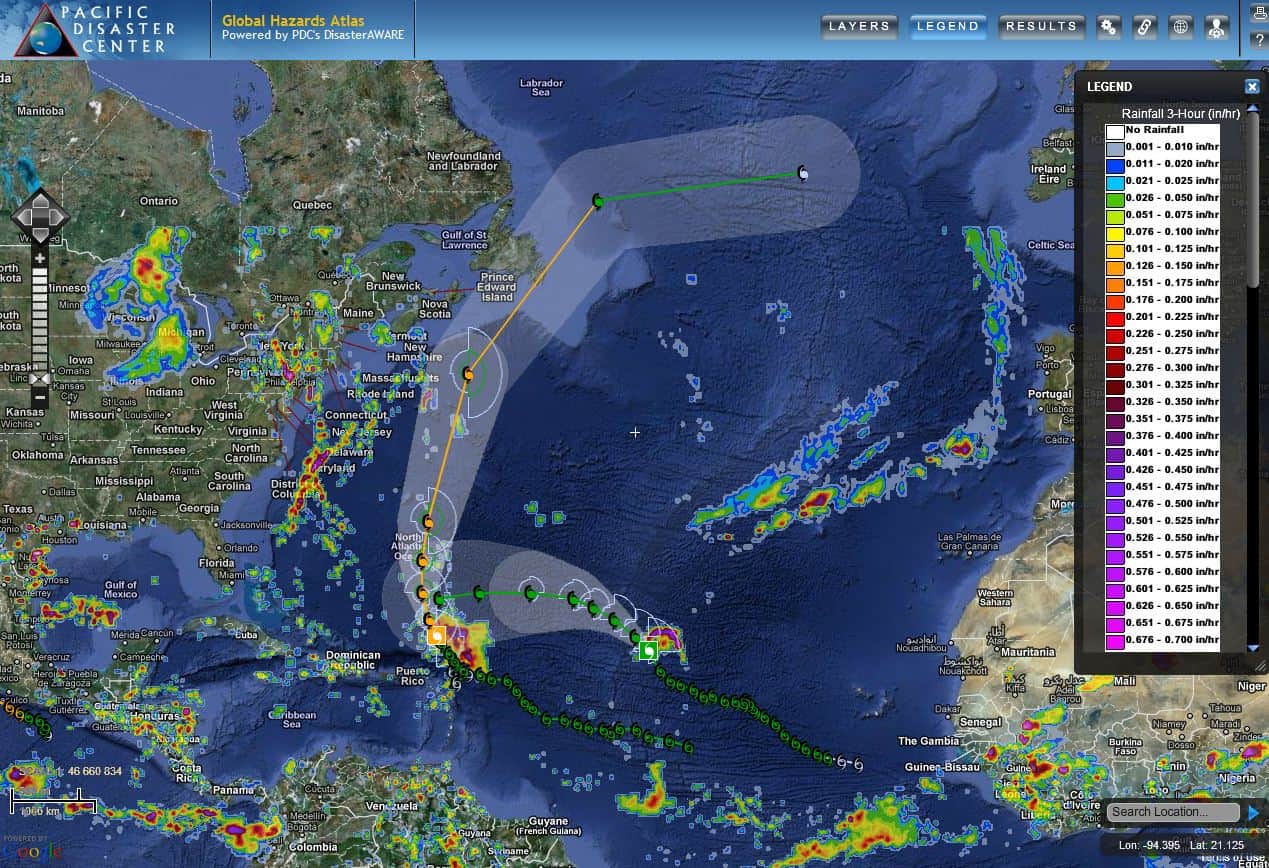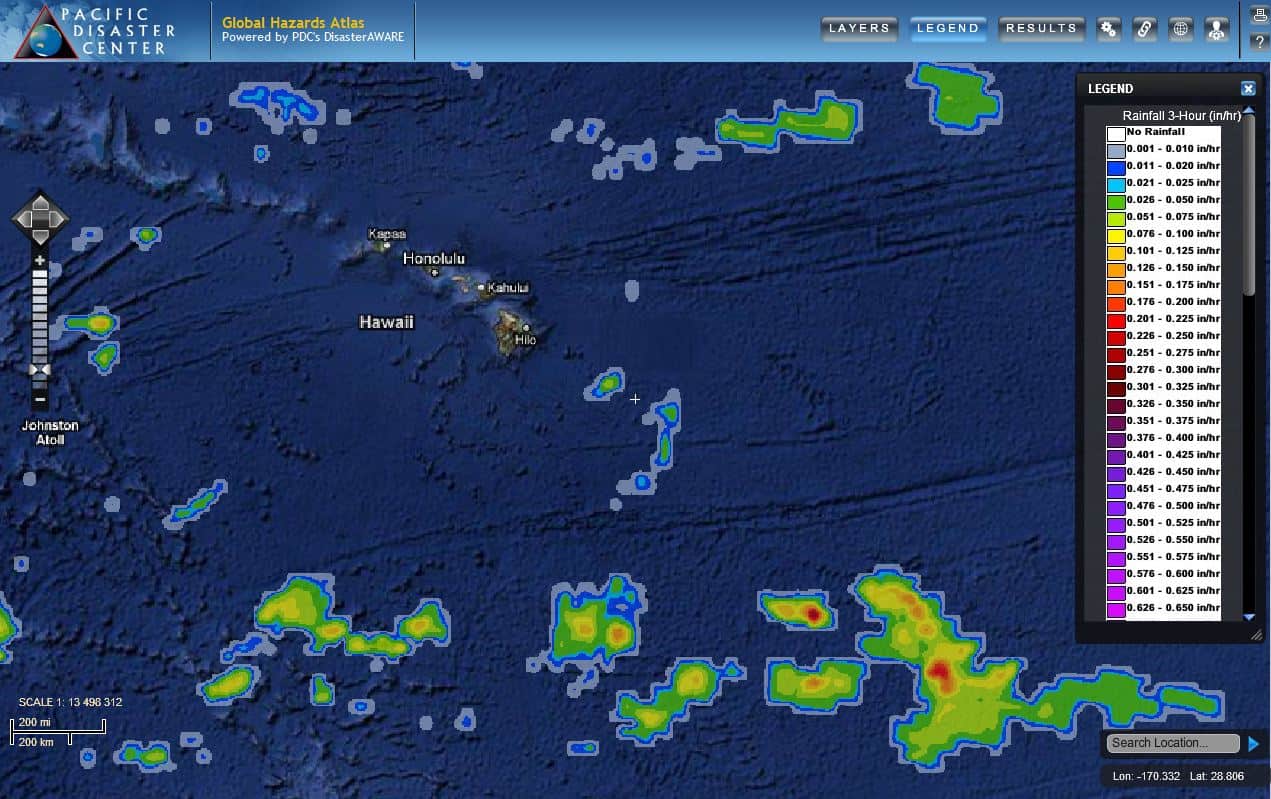Pacific Disaster Center (PDC) was just ten years old when the invitations to a Senior Policy Forum were sent out. PDC took this action because of its early recognition that change in disaster risk reduction was inevitable due to the growing number and increasing scale of disasters in heavily populated areas, particularly in the Pacific. The forum, dubbed “Mega-disasters: Global Tipping Points in Natural Disaster Policy, Planning, and Development,” aimed to gather senior leaders from the region to share knowledge regarding disaster reduction plans, policies, and practices.
Certainly, any mention of mega-disasters in the lead-up to the Forum immediately brought to mind the December 2004 Indian Ocean Tsunami. With hundreds of thousands killed and billions of dollars in damage spread across 14 countries, the 20 months since the earthquake and tsunami had barely been a beginning in the recovery effort. However, during that time disasters of shocking proportions had continued to happen: Mumbai flooding killed more than 1,000, China flooding killed many hundreds, Hurricane Katrina—followed ashore by Hurricane Rita—became one of the costliest and deadliest storms in U.S. history, a 7.6 M earthquake in Pakistan killed thousands, and a 6.3 M earthquake in Java left 20,000 injured, 200,000 homeless, and at least 5,100 dead.
In the days and hours before the Senior Policy Forum convened in South Maui on the morning of August 15, a number of expected participants had to cancel because of yet another mega-disaster. Super Typhoon Saomai had just swept through the Mariana Islands, the Philippines, and Taiwan, before becoming “the most powerful typhoon ever to make landfall over Mainland China,” according to the China Meteorological Administration.
Without a doubt, people were ready to talk about mega-disasters and to consider whatever steps might be taken to make populations better prepared and more resilient. Those sharing both their questions and their knowledge included government decision makers, from the Maui mayor to Korean legislators and a Thai cabinet minister; public and private sector scientists; civil and military scholars and academics; civil defense administrators; technology executives; ranking officials in the UN Office for the Coordination of Humanitarian Affairs, the Asia-Pacific Center for Security Studies, Asian Disaster Reduction Center, Asian Disaster Preparedness Center, and multiple NOAA agencies. Even the Secretary-General of the Association of Southeast Asian Nations took part in the Forum.
PDC had hosted a few invitational workshops to bring international experts together before, but this Forum was, in many ways, a very big step for the Center. Hosting more than 70 participants from across Hawaii, eight other U.S. states, and eight Asia-Pacific nations while fostering communication and the forging of bonds among them, PDC demonstrated that it had become a mature contributor to the world disaster management community.
Today, PDC and other leaders in humanitarian assistance and disaster relief can be very proud that, thanks to robust collaboration in all aspects of disaster management—especially early warning—larger, more frequent disasters in an ever more densely populated world are not leading to greater numbers of lives lost. Hazards cannot be prevented, but their impacts can be reduced and the readiness of individuals and communities can be increased. That’s one way of understanding PDC’s motto, “fostering disaster-resilient communities.”
Related articles:
- PDC-opening era described
- The story of PDC’s mission
- A 20-year Journey of Hope (PDC)
- About PDC’s international partnerships
- The index of stories on PDC activities

